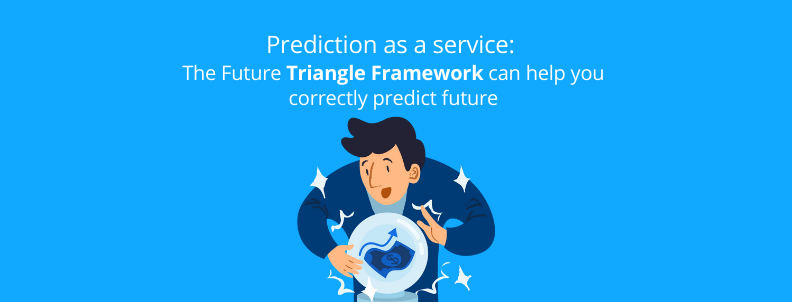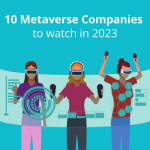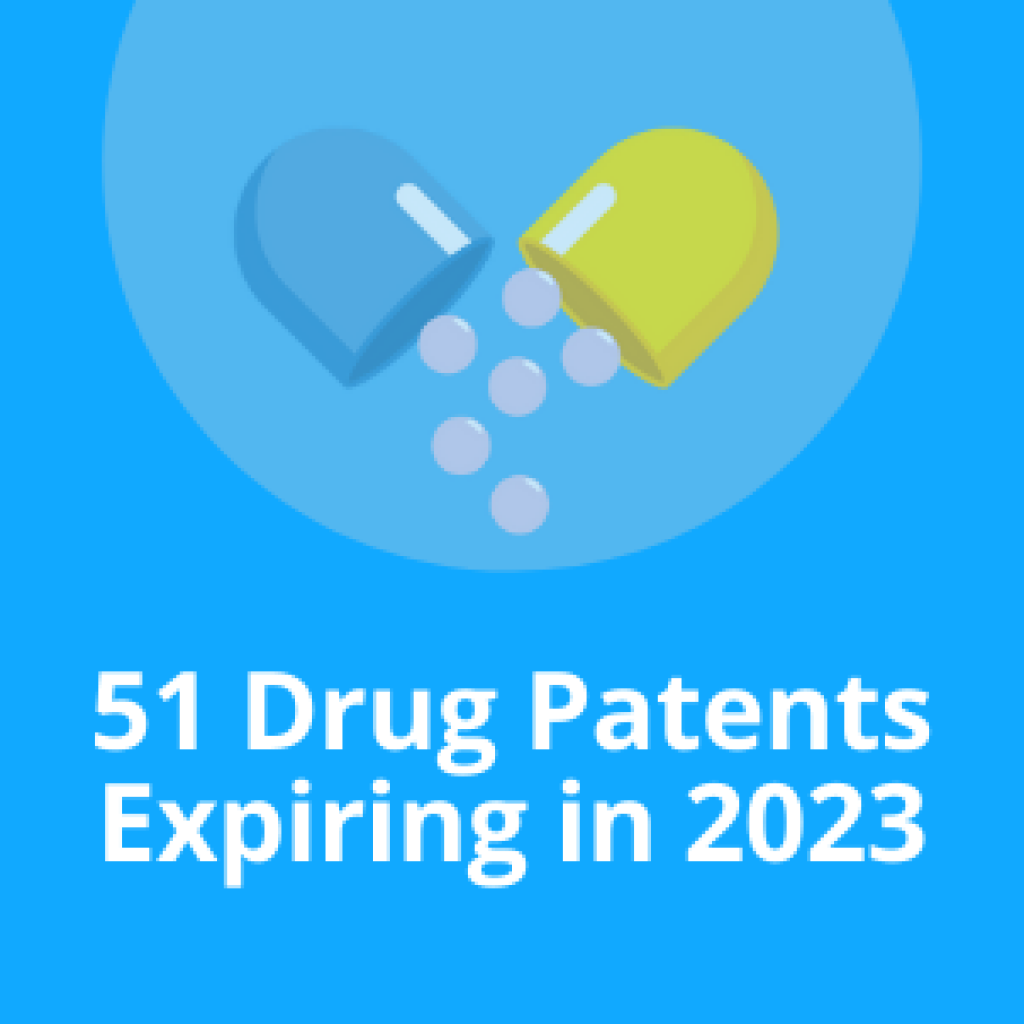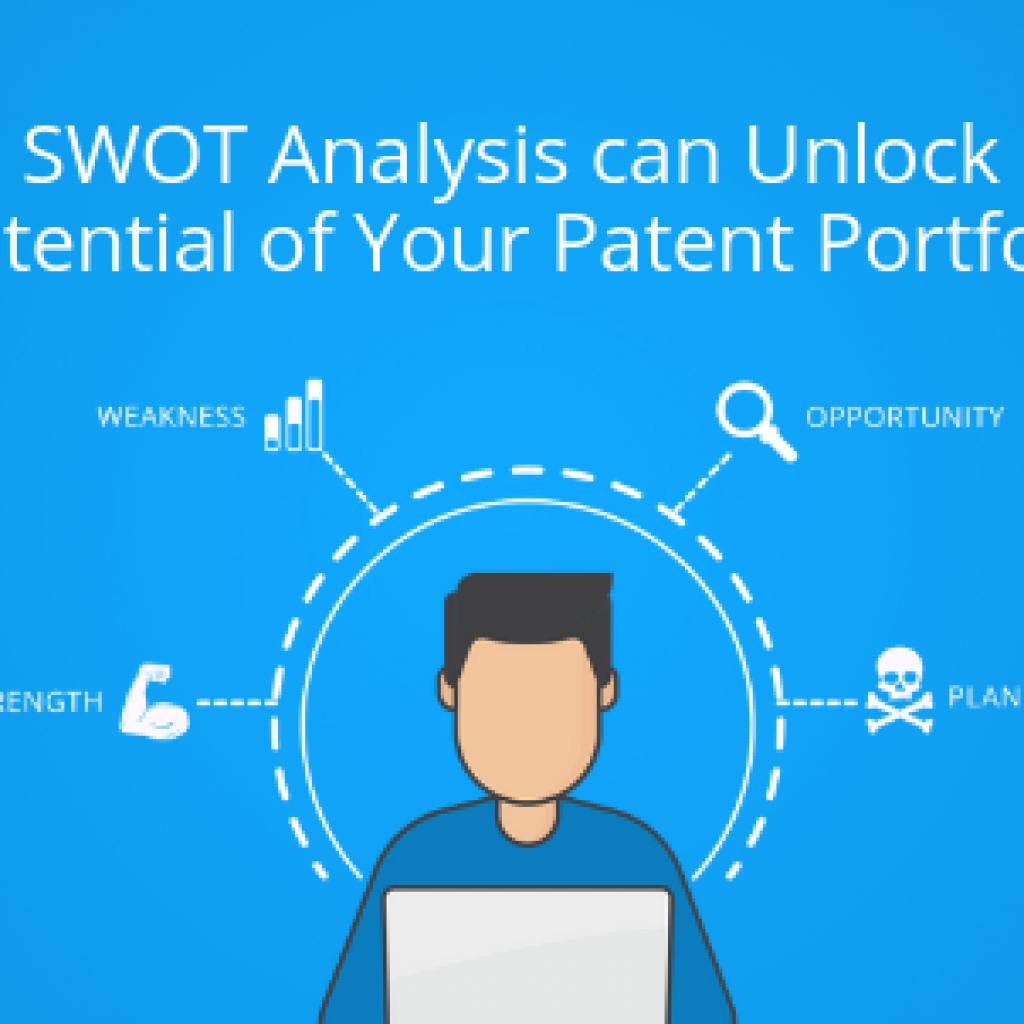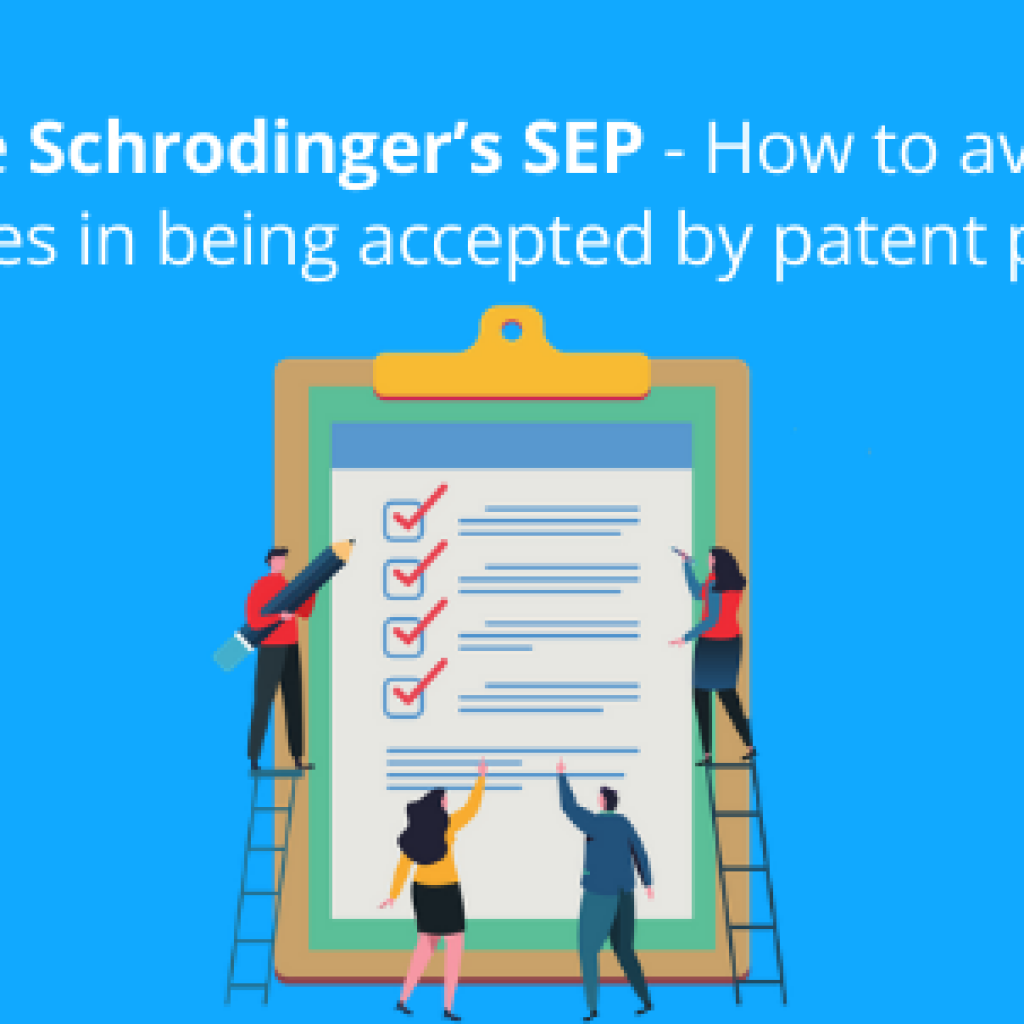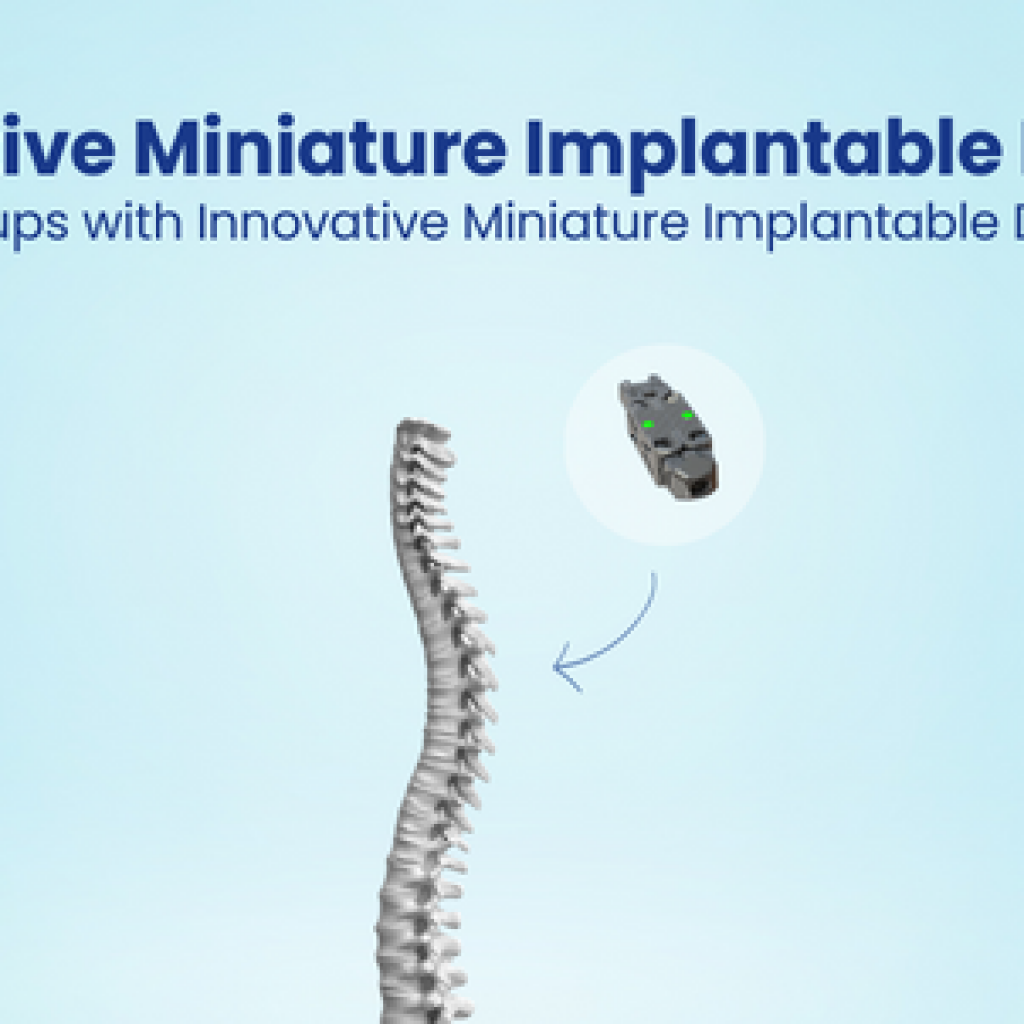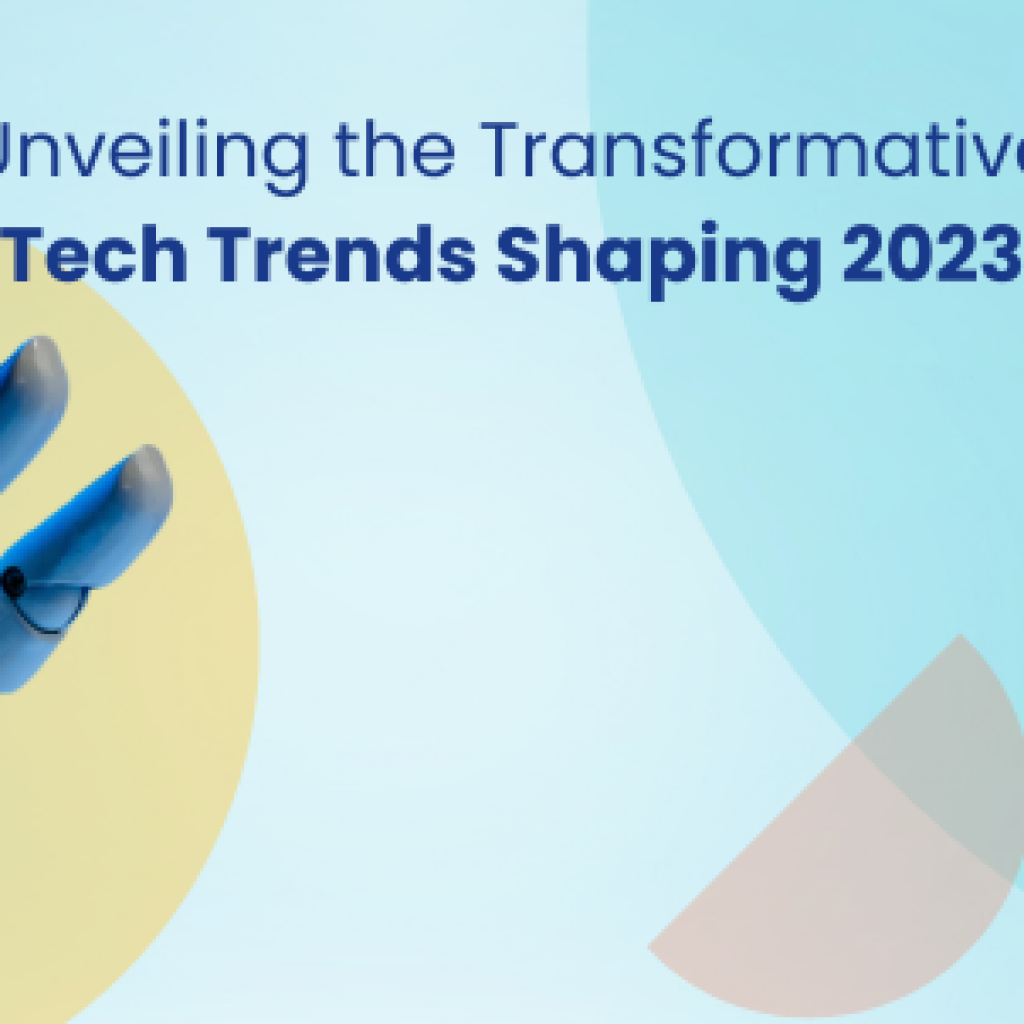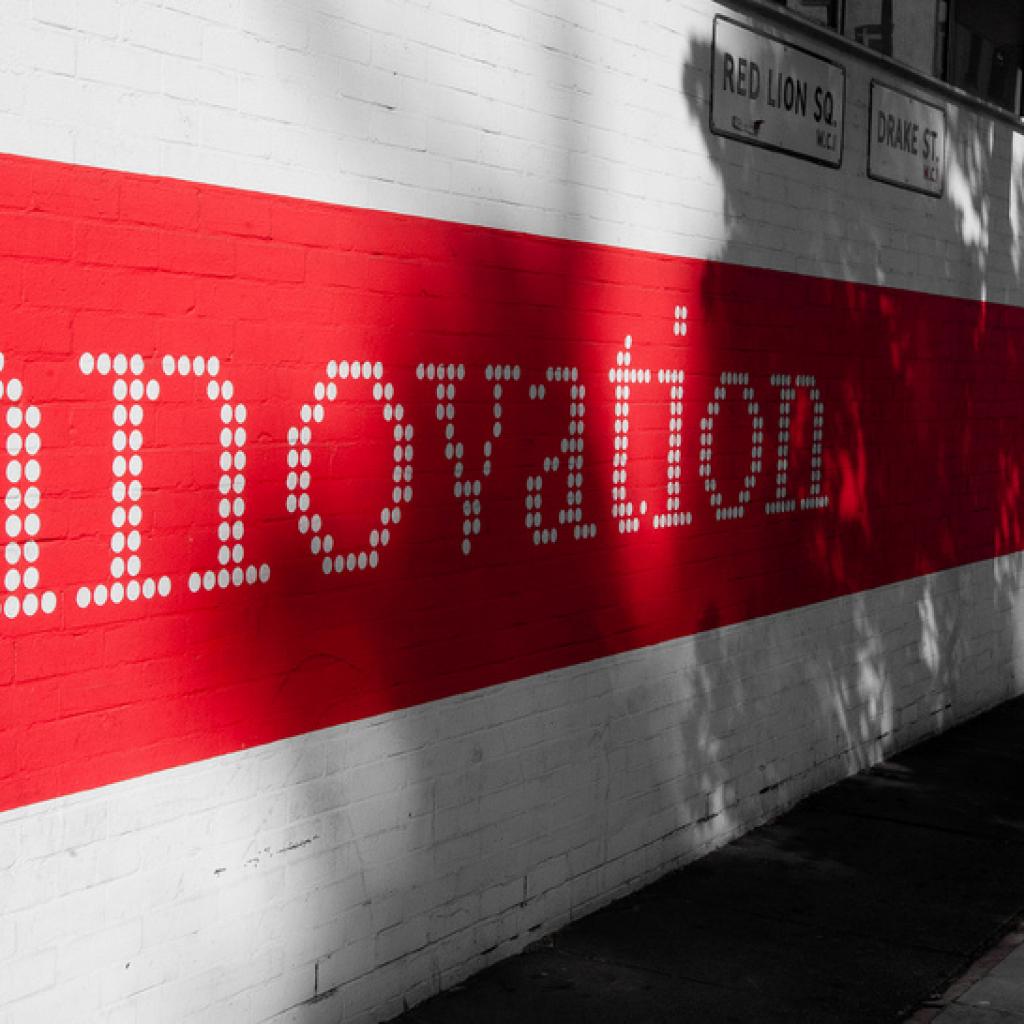What if I tell you I can help you predict the future? Most people might come to you and say that analytics can help you achieve exactly that.
Reality is – it cannot.
Where we are right now, i.e., Present, results from the compounding of the decisions we have made up until now.
Similarly, the future will be highly dependent on the decisions we make right now in the context of what is happening around us.
The problem is that we are all not very good at making decisions, and we are not taught this in school.
So before we talk about prediction, let me tell you a small thing about Decision making.
Decision-making is a simple 4 step process that goes in our minds –
- Gathering of information
- Thinking of solutions based on the limited information we have
- Think of consequences (for yourself and others)
- Make a Choice (do you need to ask for help)
The problem is in #1 and #2. Most people do not expand their sources of information and probable solutions that may exist. This highly limits our decision-making power.
Therefore, anything that can help increase the number of signals would help you foresee the future.
So, here we discussed a framework that can help our decision-making power.
You must be at the top if you run a multi-million dollar company. You need to know what will happen in your field, what competitors might be bringing to the market, which innovation will disrupt the domain, and so on.
The Future Triangle Framework for Future Prediction
According to the framework, any wise prediction and how we reach it must stand firm on three verticals:
It should be goal-aligned.
This implies that the prediction should define what we want to foresee. It could be the next product that a company launches, another acquisition or collaboration that the industry witnesses, or the next domain that is going to be disrupted, and so on.
This would answer: What do we want?
It should be based on logic.
This implies that the prediction should not be based merely on a hunch or a gut feeling. Rather, it should be backed by strong logic.
This would answer: Can the prediction be reached based on defined parameters?
It should have a proof-of-concept (POC).
This implies that there should be a realizable proof-of-concept that can prove why the prediction will come true. Perhaps some previous use cases help substantiate the reason behind the prediction.
This would answer the question: How is the prediction realizable?
These three rules of thumb can be set up around the edges of a Future Triangle (as shown below):
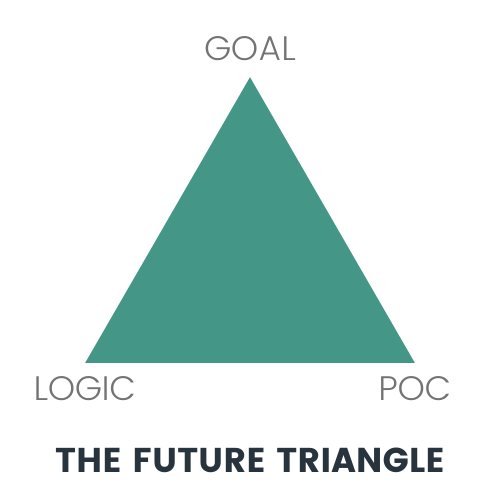
Now, it’s time to put this framework to the test.
So, going by our Future Triangle, the first and foremost thing we must do is decide on a GOAL. For this test, we will pick this goal –
How can you predict which competitors’ patents (i.e., technologies) will appear in their products?
Before we move to the other pillars and try to predict the future, let’s talk about why it is important and difficult.
Why is it important: This much is obvious. If you are, say, Apple, you must know which patents filed by Google reveal their vision of the future.
Why is it difficult? Many of your competitors might be filing a good number of patents every month or every year. Even though you might have an Intellectual Property team, at times, it can be difficult for them to sieve through those patents, connect the dots technology-wise, and uncover where the competitor is heading and what they will add to their flagship products.
Take the Apple-Google scenario itself. Say you are an Apple counsel. Your team analyses 100 recent patents filed by Google and comes up with a list of 10 new products/features that Google will launch soon. But wait, is this prediction-wise?
If Google has filed 5K patents in a couple of years, will you consider them all and decide to keep an eye out for all 500 products/features you are getting out of them? Here, for sanity, we assumed that 1 product/feature is covered by 10 patents. But in reality, the scenario is much more complex. Sometimes, even 1 patent can cover multiple products/features.
Anyway, the point is that a prediction like this is not very useful unless you can be certain.
This is where the future triangle framework can help, factoring in certainty. Now, we will shift our focus to the other two pillars. So, we will list numerous logic-based criteria aligned with our goal. Lastly, for the POC, we will look at some use cases picked out from history to prove our point.
If the patent has been filed by the Head of R&D or a CXO.
| Goal | Logic | Proof of Concept |
| To identify valuable patents that will appear in products via assessment of inventors | If a patent is filed by the R&D head of the company or a Chief Officer, this makes it much more feasible that the patent would be converted to a product. | An example of this is the iconic Netflix envelope. It is considered one of the company’s important yet simple innovations — the proprietary design of a DVD envelope that allowed safe and cost-effective shipping. Patent records show that Reed Hastings, co-founder, Chairman, and CEO of Netflix, was a co-inventor of the envelop design. The early versions of the Netflix envelope are defined by Patent No. 6,966,484. More recent versions are covered by Patent No. 7,401,727. (Source) |
On a side note, research has proven the following about cases when patents are filed by CEOs:
“Within Inventor CEO-led firms, patents filed in technology classes aligned with the CEO’s experience are on average worth $10.6 million more than patents in other technology classes. These patents are also significantly more likely to be cited in the 99th percentile of the citation distribution within their technology class-year… Almost half of all Inventor CEOs continue to file patents in their own name during their tenure as CEO.” (Source)
If the patent has been filed via an accelerated filing process in the Patent Office
| Goal | Logic | Proof of Concept |
| To identify valuable patents that will appear in products via looking into prosecution proceedings. | If the patent has been filed through a program of expedited or accelerated filing, the company might be trying to protect and launch the tech in the market soon. | Trait Biosciences had been quite in the news for their technology of making water-soluble cannabinoids while popularizing its patent-pending technology on its website for a long time. It comes as almost no surprise that they had filed for the patent through expedited filing (TrackOne here) and got it granted within a year. (Source; Patent No. 10,378,020). Specifically, this patent had been filed on August 23, 2018, and got allowed on August 13, 2019 — 10 days under a year.
About the resultant technologies, interestingly, they were already discussing them since the end of 2018. Back then, they had strategized to get related patents “in a few months”, so that they could block the other players who were trying to achieve similar results (Source). Finally, they unveiled them in June 2019, a couple of months before getting the patents granted (Source).
This indicates that while the expeditiously filed patent was nearing the end of prosecution, they were all set with the techs to be launched. |
To get a perspective, let’s compare this timeline to GW Pharma’s cannabinoid-based drug for a particular brain tumor. The US patent application was filed in 2009. It was granted in 2014 (Patent No. 8,632,825). Thereafter, the company presented results from the conducted tests in 2017, three years after the grant (Source).
If the patent cites patents filed by the same company. Or simply self-citations.
| Goal | Logic | Proof of Concept |
| To identify valuable patents that will appear in products through citation analysis. | If, for a patent, the company has cited a number of its own patents (self-citations), this might mean that they are building and dedicatedly developing a product of their own. This might hint that the patent would be converted to a product or a realizable feature in the near future. | Amazon Kindle is an exceptional example of being backed by numerous self-citations. There are utility patents that cite other utility patents and designs; and designs that cite so many other designs.
To give away a few instances, Amazon’s Patent No 8,950,682 (on handheld electronic book reader with dual displays) cited another one 8,018,431 (on page-turner for a similar device) and another 8,413,904 (on its keyboard layout), all by Amazon. Not only that, but the former invention also cited a number of design patents showing a similar device. For example, USD585902S1, USD586803S1, and USD591741S1.
Thus, Amazon’s one patent citing so many of its own clearly stated that they were building such a product. Also, all of these have been filed in 2006, while the first e-reader by Amazon was released on the shelves in November 2007. |
Kindle’s imminent massive success is not unknown. It sold out in 5 and 1/2 hours! The point is: had such stats been public, then the competitors would have already known that Amazon was planning something HUGE here.
If the patent is a Continuation
| Goal | Logic | Proof of Concept |
| To identify valuable patents that will appear in products by analyzing family members. | If the patent is a continuation, it is much more likely to be realized in one of the products the company is building. | The feature that lets you share your Netflix account with friends is backed by a patent and at least one continuation. (Specifically, Patent No. 7,958,529 is a continuation of Patent No. 7,631,323).
Also, the notorious feature of Netflix that would have let you control the playback speed is backed by a patent and at least one continuation. (Here, Patent No. 9,781,183 continues Patent No. 8,891,946). |
This strategy often results in a patent thicket: a cluster of patents revolving around one big invention. This has been used by companies with the goal of creating a monopoly in that space.
Also, here are the comments of renowned patent attorney Gene Quinn: “Continuations are filed many times not because the examination process has been somehow inefficient or non-conclusive, but rather because the underlying property is so valuable the owner wishes to have a patent portfolio rather than a single patent. Sometimes, with important foundational or pioneering innovations, there will be many patents issued from the same parent application.” (Source)
If there is any Design patent filed related to the filed Utility Patent
| Goal | Logic | Proof of Concept |
| To identify valuable patents that will appear in products via the analysis of similar inventions by looking into designs. | Filing utility patents and designs is pretty usual. These might or might not give way to a tangible product or design in the future. However, if a company discloses an invention and files a related design, it strongly hints that both the filings are pieces of the same puzzle. And that they would be turned into a product sooner or later. | This was quite evident in the case of FitBit.
Look at this: One of its early patents, 9,110,498, was filed in September 2013 and concerns a carrying case for a biometric monitoring device. Further, a design (USD720249S1) with drawings similar to the invention and the title “Wristband case” was filed in October of ’13. Coincidentally or not, both inventions had 3 common inventors! All of this backs it up enough that there would be such a case for their device, and it is! |
If there is any Trademark filed related to the filed utility patent
| Goal | Logic | Proof of Concept |
| To identify valuable patents that will appear in products by looking into trademarks. | Locating such a trademark whose description resonates with one or more of the company’s patent filings might indicate that both are together going to build a future product. That is, both the filings can be called strategic, and the company is going to bring out a product in that direction. | An example? Apple’s iconic FACE ID.
The company had been filing patents on “Locking and unlocking a mobile device using facial recognition” for a long time. For example, Patent No. 8,994,499, which was filed in 2011 and was allowed in 2015.
Further on, Apple filed for a trademark named “FACE ID” in early 2017 (Source).
Thereafter, it released the feature with the iPhone X toward the end of 2017. So, that’s a pretty straightforward timeline, yes?! |
Companies often file marks to have exclusive rights to the brand name they aim to build. Some giants like Apple are so strategic about filing trademarks and hiding them from competitors that they file these marks in countries that don’t have online searchable databases! So, nobody, nobody can know what names they are coming up with unless they can physically travel to those patent offices.
***
Well, that brings us to the end of this curation. These pointers, all backed by logic and palpable use cases, can be used to reliably and wisely predict the patents that will be converted into products. Also, we took examples of varying technologies to showcase that these pointers apply to all industries and technologies. Therefore, consider the Future Triangle the next time you go out predicting.
Furthermore, manually identifying such hidden-in-plain-sight trends might take a fortnight. Therefore, we have developed proprietary tools that work out this Future Triangle, eddies all the different logics, and foams the most striking, valuable patents out of a whole lot.
If you would like to stay ahead of your competitors, you can set up such a service within your IP department—or go for a more time- and cost-saving avenue: Hire a service vendor that offers such intellect. And well, since you are reading this article here, I’d like to tell you that you do not need to search for such a vendor.
We at GreyB provide Prediction as a Service, considering many comprehensive parameters. Therefore, as your service vendor partner, you can rest assured that you’ll implement the right strategy and make the best decisions.
Want to know how we could help you?

Authors: Priya Vashishth, Rajesh Aggarwal, and Arindam Som, Landscape Team.

